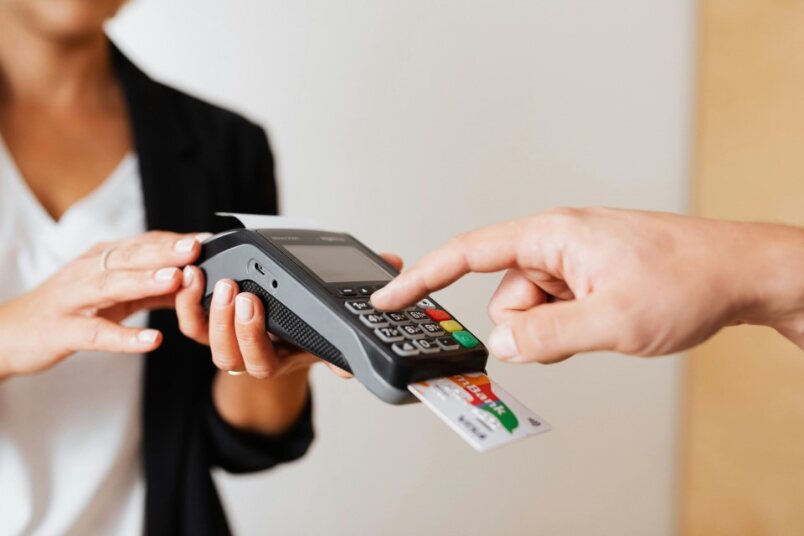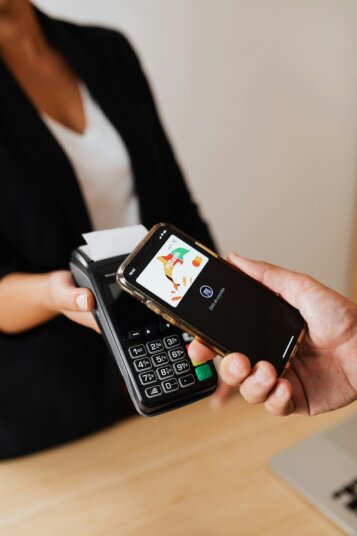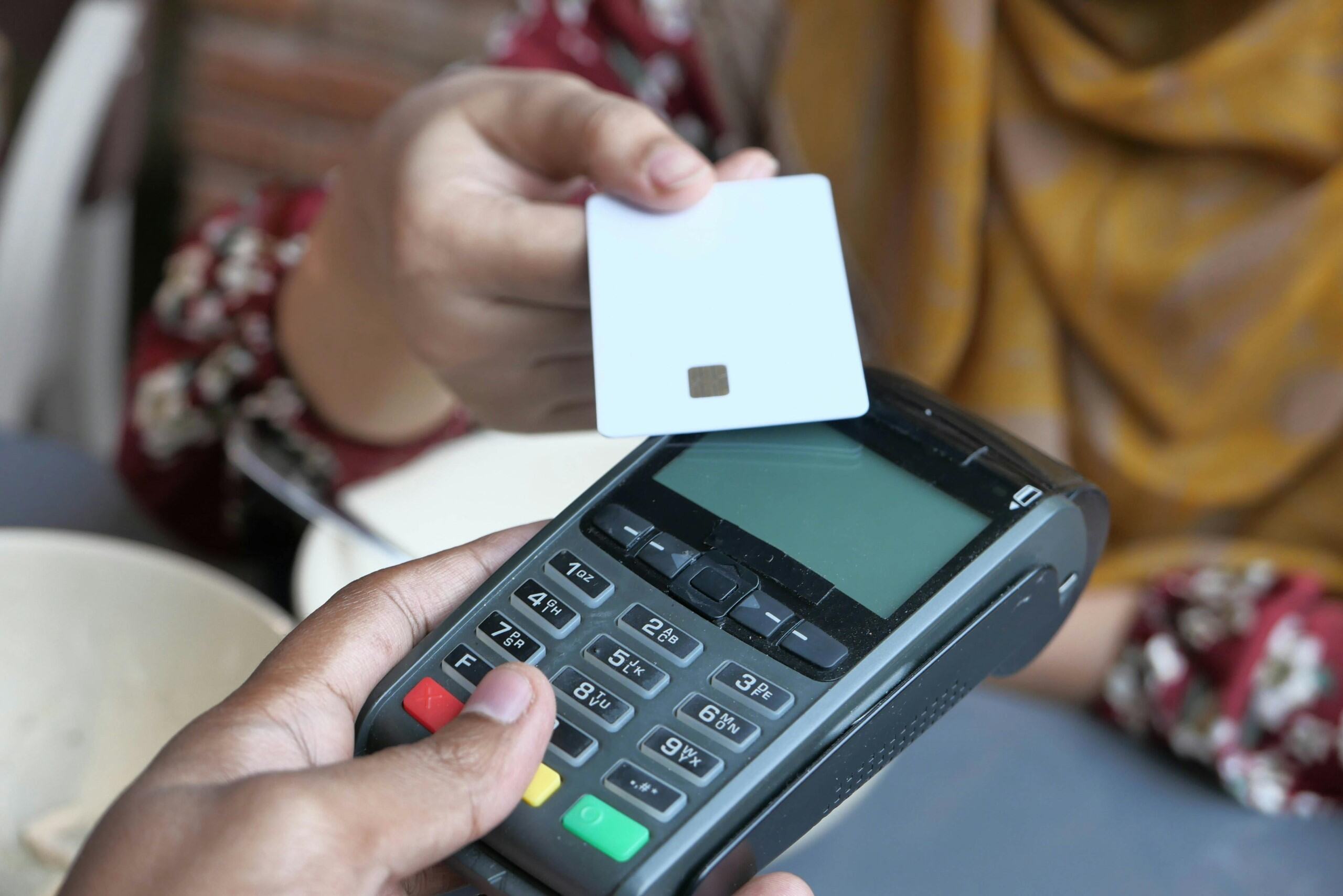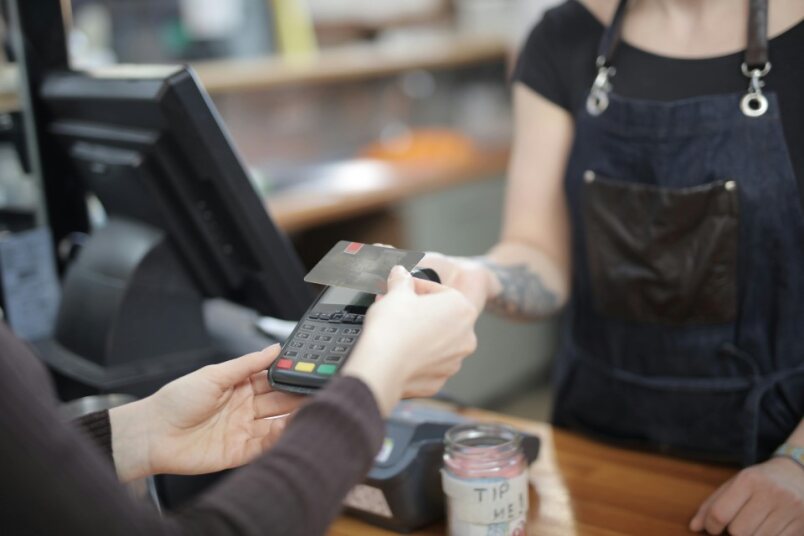Information Required for Online Applications (Canada)
When opening a bank account online in Canada, be prepared to provide specific personal information, largely driven by regulatory requirements.
Personal Details: You will need to provide your full legal name, date of birth, current Canadian residential address, phone number, and email address.
Social Insurance Number (SIN): Your SIN is required by banks for any account that earns interest (like savings accounts) or holds investments, primarily for tax reporting (issuing T5 slips) to the Canada Revenue Agency (CRA).
Identification: Banks must verify your identity according to FINTRAC (Financial Transactions and Reports Analysis Centre of Canada) regulations. This typically involves providing details from one or two pieces of valid government issued ID (driver license, passport, PR card, etc.).
Occupation/Employment: Banks usually ask for your occupation or employment status as part of the Know Your Client (KYC) requirements. Having this information ready streamlines the application.
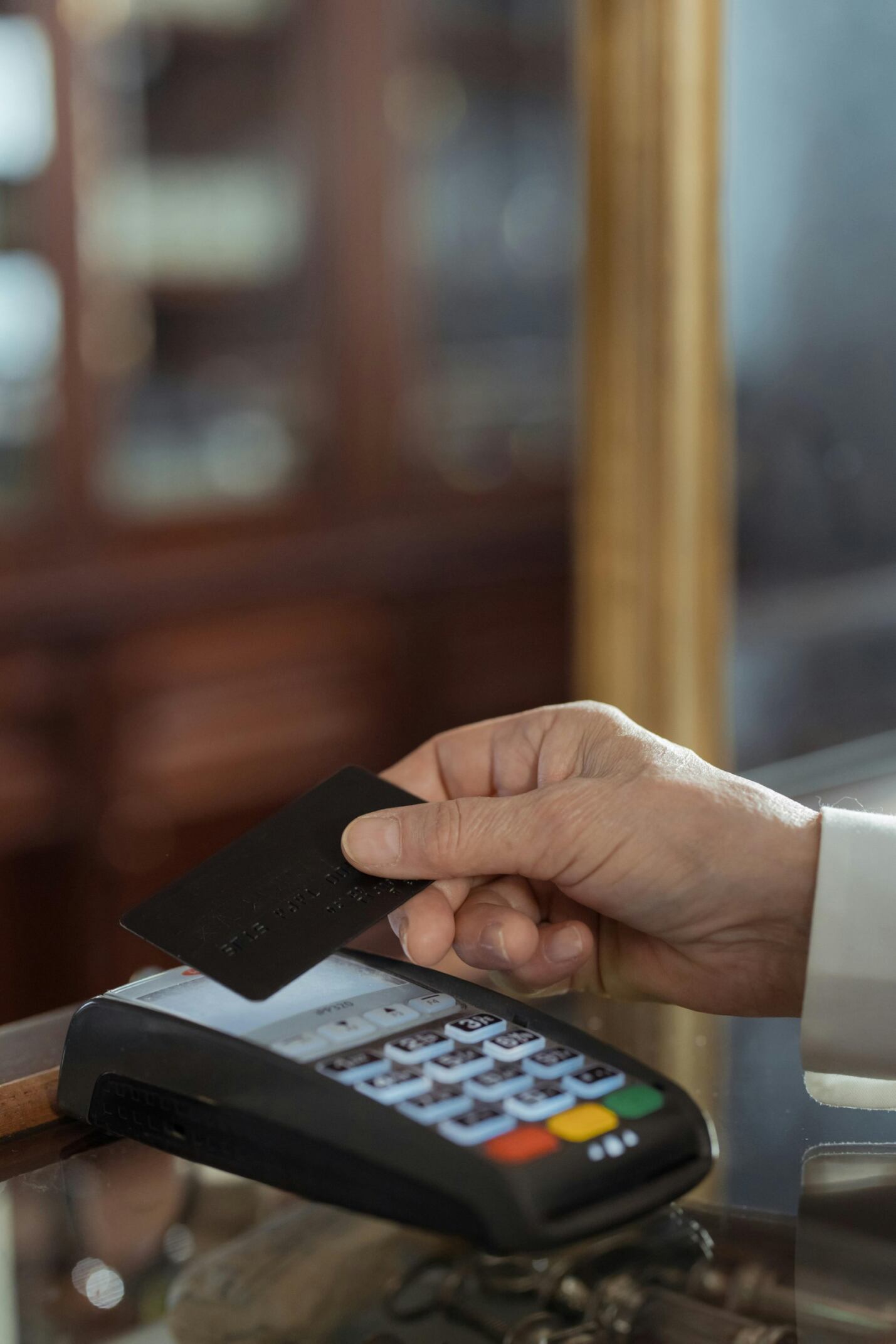
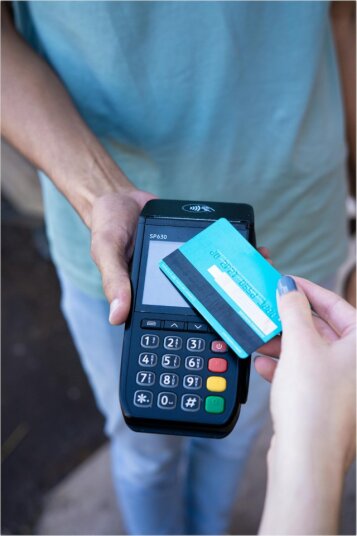
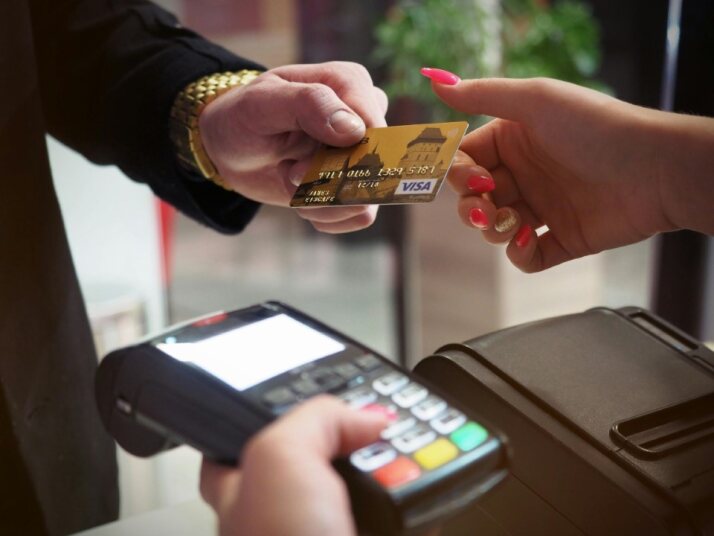
)

